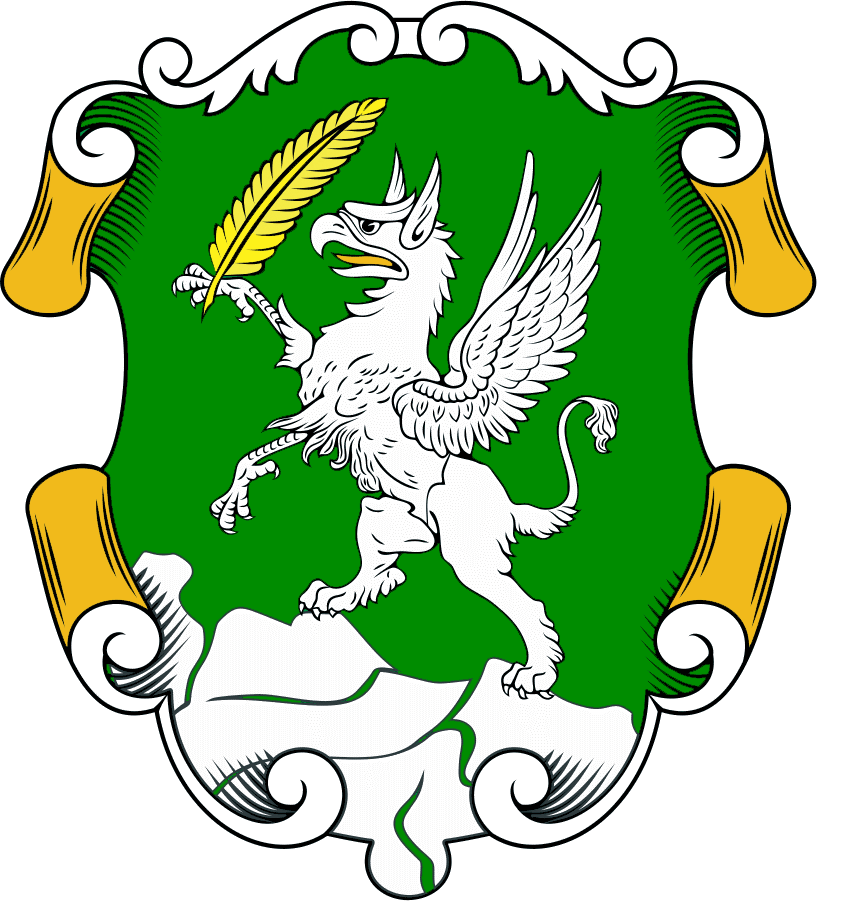
The photograph above shows the Skopje Square in the 1920’s. You can see the already built houses of Nastevi (1922) and the house of Ikonomovi (1920-22), but without Risticeva Palace (1926). The photograph would be dated sometime between 1922, but not later than 1925. when the construction of the palace of the pharmacist Ristic started, which was completed and put into operation (occupied) a year later. The original of this photograph is kept in the archive of DARSM – department Skopje, and we found it several years ago when we worked on a big project with HAEMUS about old Skopje between the two world wars.

As can be seen from many other photographs, from the mid-twentieth to the mid-thirties of the 20th century, the main transport vehicle in Skopje was the carriage cab. A certificate issued by the Court of the Municipality of the City of Skopje testifies that the prices for transport with the carriage cab were not only regulated, but also even the destinations were known. The starting point was the Railway Station, but not the one that we know today as the “Old Railway Station”, but the one that was located at today’s “Mala Stanica”. From there, there were routes to Chair, Treska, Debar Maalo, Tasino Cesmice and Sv. Petka and this largely captures the physical conglomeration of where exactly the boundaries of the City of Skopje were in the period after the First World War.

From the railway station, there was a special carriage line to the Skopje brewery. For one person the one-way carriage ride cost 25 dinars, for 2 persons 30 dinars, for three or four persons 50 dinars, and if the ride duration was no longer than 10 minutes, half was paid for the return ticket. If the duration was longer, and in our case with the brewery, this was probably the case, then the fee was calculated by the hour.


Carriage station at the Quay King Aleksandar, Skopje, 1930s, Archive of the Museum of the City of Skopje, inv. no. 264
This archive document of the Court of the City of Skopje City has no date, but we can assume that it is probably a period after 1925, since the steam-powered Pivara AD Skopje was founded in 1922 and it started to produce its brand “Skopsko pivo” in June 1924 for the first time. It was located in the industrial zone “Keramidnica” outside the city and we can only assume that it was a special attraction for the citizens because the Municipality of Skopje established a special transport line that far away.
During the period between the two world wars, there were many carriages in Skopje that transported passengers in and out of the city. There was also an Association of Carriage Drivers which had a few hundred members. They worked in day and night shifts and they had an obligation for a mandatory annual registration and review, just like for present-day vehicles.
Photo: NUB – Digital library of Macedonia, City Museum of Skopje archive
Archival source: DARMS
The text is adapted and partially abridged from the original scientific research project of HAEMUS entitled “Study of the History of the steam-powered Pivara AD Skopje”, commissioned and supported by Pivara Skopje AD.





